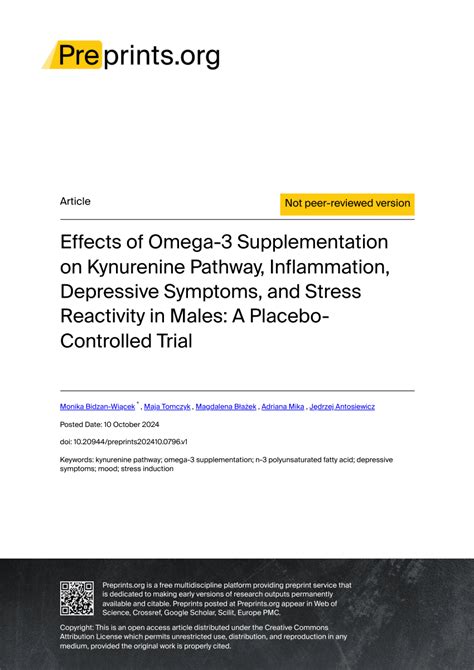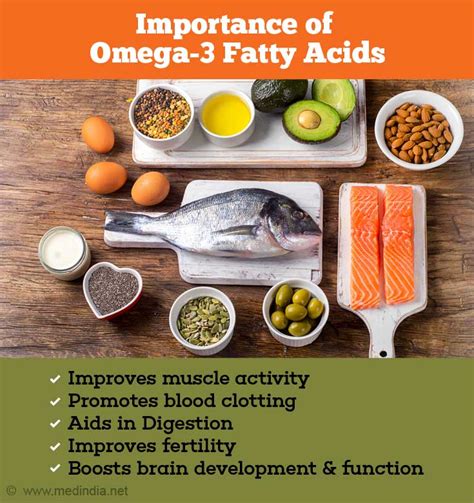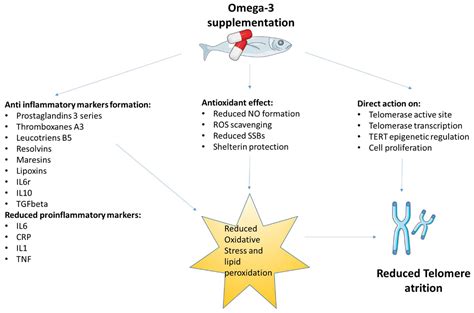omega-3 role in cell replication | omega 3 fatty acids omega-3 role in cell replication Higher levels of omega-3 track with longer telomeres, lower inflammation, and blunted sympathetic and cardiovascular stress reactivity. Whether omega-3 supplementation . Please read this manual carefully before using your Canon LV-7385/LV-7380/LV-7285/LV-7280/LV-8310/LV-8215 pro- jector and keep the manual handy for future reference. Your serial number is located on the bottom of your projector.
0 · omega 3 supplements
1 · omega 3 stress reactivity
2 · omega 3 fatty acids
3 · omega 3 effects on telomeres
4 · omega 3 and cellular stress
5 · omega 3 and cellular aging
The Canon LV-8235 UST is a video projector with a brightness of 2500 ANSI lumens, making it suitable for use in various lighting conditions. It utilizes DLP projection technology and has a native resolution of WXGA (1280x800), delivering clear and detailed images.
An increased cell and tissue omega-3 fatty acid content alters cell functioning through a number of mechanisms. One of these mechanisms is related to changes caused by the incorporation of omega-3 fatty acids into cell membranes.First, as a constitutive part of the cellular membrane, omega-3 fatty acids can regulate cellular membrane properties, such as membrane fluidity or complex assembly in lipid rafts. In recent . Higher levels of omega-3 track with longer telomeres, lower inflammation, and blunted sympathetic and cardiovascular stress reactivity. Whether omega-3 supplementation . First, as a constitutive part of the cellular membrane, omega-3 fatty acids can regulate cellular membrane properties, such as membrane fluidity or complex assembly in lipid .
Omega-3, EPA and DHA inhibit the activities of prostanoids of the 2- series (PGI2, PGE2 and TXA2) presence in cell membrane-derived from Arachidonic Acid (ARA) lipid . In recent years, however, a new role for omega-3 fatty acids and their derivatives as signaling molecules has emerged. In this review, we describe the latest findings describing the effects of omega-3 fatty acids on different .
A 2020 meta-analysis indicates that while omega-3 fatty acids have anti-inflammatory properties that could aid COVID-19 recovery, EPA and DHA might make cell membranes more prone to .Omega 3 fatty acids increase the chemo-sensitivity of B-CLL-derived cell lines EHEB and MEC-2 and of B-PLL-derived cell line JVM-2 to anti-cancer drugs doxorubicin, vincristine and . Omega-3 fatty acids, namely docosahexaenoic acid and eicosapentaenoic acid, have been linked to several beneficial health effects (i.e. mitigation effects of hypertension, . Studies on the distribution pattern of Omega-3 genes in the biosphere have provided other important clues about the role of these fatty acids in cellular adaptation to the .
An increased cell and tissue omega-3 fatty acid content alters cell functioning through a number of mechanisms. One of these mechanisms is related to changes caused by the incorporation of omega-3 fatty acids into cell membranes.First, as a constitutive part of the cellular membrane, omega-3 fatty acids can regulate cellular membrane properties, such as membrane fluidity or complex assembly in lipid rafts. In recent years, however, a new role for omega-3 fatty acids and . Higher levels of omega-3 track with longer telomeres, lower inflammation, and blunted sympathetic and cardiovascular stress reactivity. Whether omega-3 supplementation alters the stress . First, as a constitutive part of the cellular membrane, omega-3 fatty acids can regulate cellular membrane properties, such as membrane fluidity or complex assembly in lipid rafts. In recent years, however, a new role for omega-3 fatty acids and their derivatives as signaling molecules has emerged.
Omega-3, EPA and DHA inhibit the activities of prostanoids of the 2- series (PGI2, PGE2 and TXA2) presence in cell membrane-derived from Arachidonic Acid (ARA) lipid peroxidation and trigger several proteins activated mitogenic cell signaling pathways.
omega 3 supplements

omega 3 stress reactivity
In recent years, however, a new role for omega-3 fatty acids and their derivatives as signaling molecules has emerged. In this review, we describe the latest findings describing the effects of omega-3 fatty acids on different cells from the immune system and their possible molecular mechanisms.A 2020 meta-analysis indicates that while omega-3 fatty acids have anti-inflammatory properties that could aid COVID-19 recovery, EPA and DHA might make cell membranes more prone to oxidation, increasing oxidative stress.

Omega 3 fatty acids increase the chemo-sensitivity of B-CLL-derived cell lines EHEB and MEC-2 and of B-PLL-derived cell line JVM-2 to anti-cancer drugs doxorubicin, vincristine and fludarabine. Lipids Heal Dis. 2013; 12 :36.
Omega-3 fatty acids, namely docosahexaenoic acid and eicosapentaenoic acid, have been linked to several beneficial health effects (i.e. mitigation effects of hypertension, stroke, diabetes, osteoporosis, depression, schizophrenia, . Studies on the distribution pattern of Omega-3 genes in the biosphere have provided other important clues about the role of these fatty acids in cellular adaptation to the marine world. Several key ecological parameters are summarized as follows: An increased cell and tissue omega-3 fatty acid content alters cell functioning through a number of mechanisms. One of these mechanisms is related to changes caused by the incorporation of omega-3 fatty acids into cell membranes.
First, as a constitutive part of the cellular membrane, omega-3 fatty acids can regulate cellular membrane properties, such as membrane fluidity or complex assembly in lipid rafts. In recent years, however, a new role for omega-3 fatty acids and . Higher levels of omega-3 track with longer telomeres, lower inflammation, and blunted sympathetic and cardiovascular stress reactivity. Whether omega-3 supplementation alters the stress . First, as a constitutive part of the cellular membrane, omega-3 fatty acids can regulate cellular membrane properties, such as membrane fluidity or complex assembly in lipid rafts. In recent years, however, a new role for omega-3 fatty acids and their derivatives as signaling molecules has emerged.
Omega-3, EPA and DHA inhibit the activities of prostanoids of the 2- series (PGI2, PGE2 and TXA2) presence in cell membrane-derived from Arachidonic Acid (ARA) lipid peroxidation and trigger several proteins activated mitogenic cell signaling pathways. In recent years, however, a new role for omega-3 fatty acids and their derivatives as signaling molecules has emerged. In this review, we describe the latest findings describing the effects of omega-3 fatty acids on different cells from the immune system and their possible molecular mechanisms.A 2020 meta-analysis indicates that while omega-3 fatty acids have anti-inflammatory properties that could aid COVID-19 recovery, EPA and DHA might make cell membranes more prone to oxidation, increasing oxidative stress.
Omega 3 fatty acids increase the chemo-sensitivity of B-CLL-derived cell lines EHEB and MEC-2 and of B-PLL-derived cell line JVM-2 to anti-cancer drugs doxorubicin, vincristine and fludarabine. Lipids Heal Dis. 2013; 12 :36. Omega-3 fatty acids, namely docosahexaenoic acid and eicosapentaenoic acid, have been linked to several beneficial health effects (i.e. mitigation effects of hypertension, stroke, diabetes, osteoporosis, depression, schizophrenia, .

omega 3 fatty acids

ysl pub libre
MERCON® LV DEXRON® VI JASO 1A (03), JASO 1A LV(13) Recommended for use where: - Toyota T, T II, T III, T IV, WS - Nissan Matic D, J, S - Mitsubishi SP II, IIM, III, PA, J3, SP IV - Mazda ATF M-III, M-V, JWS 3317, FZ - Subaru F6, Red 1 - Daihatsu AMMIX ATF D-III Multi, D3-SP - Suzuki AT Oil 5D06, 2384K, JWS 3314, JWS 3317 - .Mixing of MERCON® LV and MERCON® SP in the 5R110 transmission is acceptable. Extensive testing has been performed to insure there are no functional or durability concerns with the use of MERCON® LV in the 5R110 automatic transmission.
omega-3 role in cell replication|omega 3 fatty acids

























